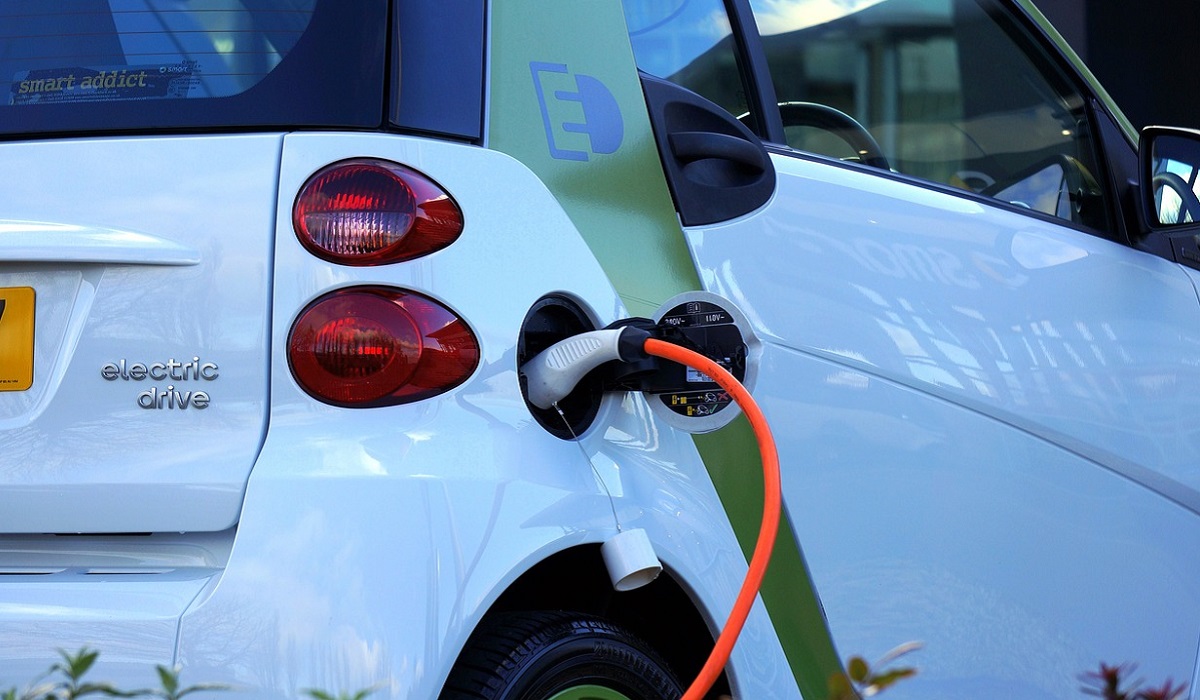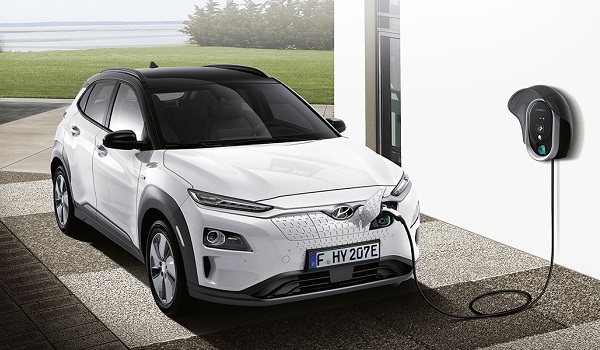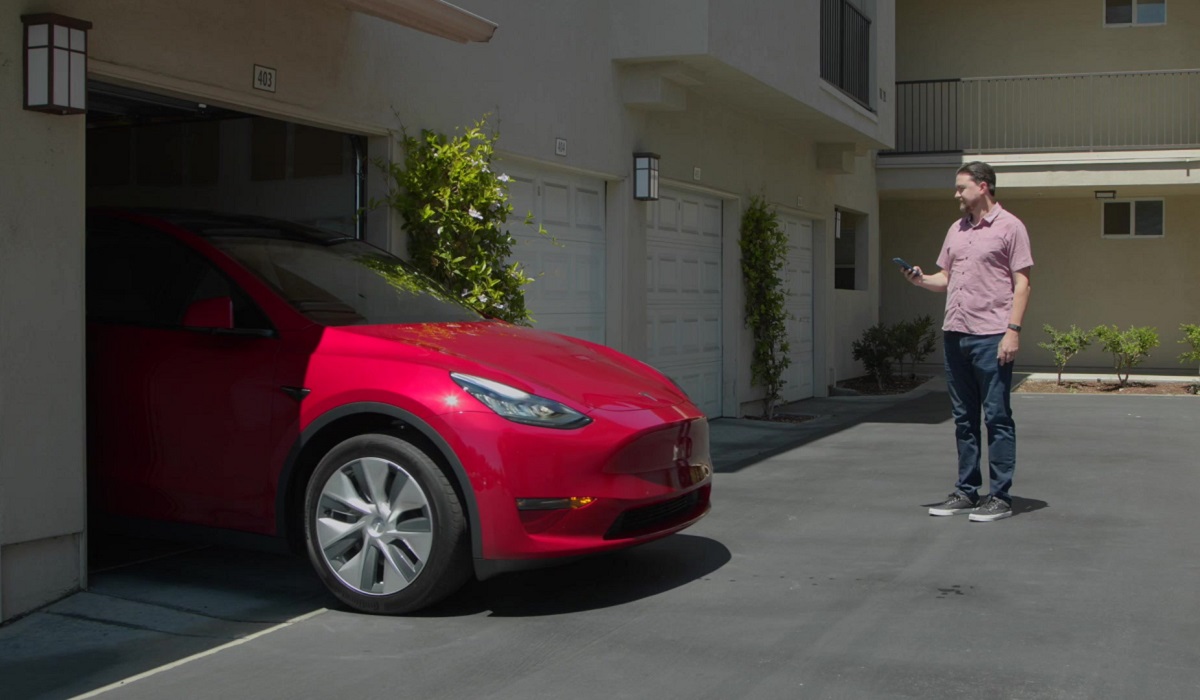The future of transportation is electric, and it holds great promise for our environment and economy. Electric means of transportation refers to the use of electric-powered vehicles and modes of transportation as an alternative to conventional fossil fuel-powered options.
Electric transportation relies on electric motors powered by electricity stored in batteries or obtained from an external power source, e.g. solar panels. These kinds of vehicles are increasingly being adopted by consumers. If you are new to the subject, I provide detailed, useful information about it below. Come along.

Benefits of Electric Means of Transportation
Electric means of transportation, in general, offer numerous benefits for the environment and society. I list out the major ones below.
Reduced Carbon Emissions And Improved Air Quality
Transitioning to electric vehicles, such as EVs, is a powerful solution in the fight against climate change. These vehicles significantly reduce greenhouse gas emissions and contribute to a cleaner environment. By adopting electric transportation options, we can play an active role in minimizing our carbon footprint and creating a sustainable future.
With their much lower emissions compared to traditional gasoline-powered cars, electric transportation is instrumental in reducing air pollution and improve the quality of the air we breathe.
- Electric transportation eliminates tailpipe emissions
- Switching to electric power decreases harmful pollutants
- Improved air quality positively impacts public health and reduces respiratory disease risks
Lower Operating Costs
Electric vehicles (EVs) offer significant benefits in terms of lower operating costs. Compared to traditional combustion engine cars, EVs have lower maintenance costs, saving owners money in the long run. Additionally, charging an electric vehicle is more cost-effective than refueling with gasoline or diesel on a long-term basis.
- Electric vehicles have lower maintenance costs compared to traditional combustion engine cars.
- Charging an electric vehicle costs less than refueling with gasoline or diesel on a long-term basis.
- Government incentives and tax credits further reduce the overall operating expenses of owning an electric vehicle.

Challenges and Limitations of Electric Means of Transportation
As with all new technology, electrical transportation comes with its own set of challenges and limitations.
Limited Driving Range and Charging Infrastructure
Improvements in battery technology have significantly addressed the limited driving range of electric vehicles. With advancements in energy storage, electric cars now offer longer distances on a single charge, making them more practical for everyday use. Additionally, the expansion of charging station networks has made it easier than ever to find a place to recharge while on the road.
- Longer driving ranges due to improved battery technology
- Increased availability of charging stations across different locations
- Potential for wireless charging infrastructure development
Longer Charging Times
Advancements in fast-charging technology have significantly reduced charging times for electric vehicles. These technological breakthroughs allow drivers to recharge their batteries more quickly, minimizing the inconvenience of longer charging periods.
Higher Initial Costs
Reduction in the cost of electric vehicle production has been a positive development, but it hasn’t completely eliminated higher initial costs. While advancements in technology and economies of scale have made electric vehicles more affordable to produce, the upfront price for consumers is still higher compared to traditional gasoline-powered vehicles.
“Cash-for-Clunkers” programs for incentivizing trade-ins have helped mitigate the higher initial costs of electric vehicles. These programs provide financial incentives or discounts to individuals who trade in their old, polluting vehicles for new electric ones. By offering these incentives, governments aim to encourage consumers to make the switch to cleaner transportation options.

Types of Electric Means of Transportation
There are several types of electric means of transportation options available today. Listed below are some of the most common types:
1. Electric Cars (EVs): Electric cars, also known as electric vehicles (EVs), are the most well-known and widely used form of electric transportation. These vehicles are powered by electric motors and rely on rechargeable batteries to store electricity. EVs come in various forms, including plug-in hybrid electric vehicles (PHEVs) that combine an electric motor with an internal combustion engine and battery electric vehicles (BEVs) that solely use electricity for propulsion.
2. Electric Bicycles (e-bikes): Electric bicycles, or e-bikes, are bicycles equipped with an electric motor that assists with pedaling. They typically have a rechargeable battery that powers the motor, providing extra assistance to riders. E-bikes are becoming increasingly popular as a sustainable and efficient mode of transportation, especially for urban commuting.
3. Electric Scooters: Electric scooters are similar to e-bikes but are designed for one rider. They are powered by an electric motor and use a rechargeable battery. Electric scooters are becoming a popular option for short-distance travel in urban areas, as they are convenient and emit zero emissions.
4. Electric Motorcycles: Electric motorcycles are two-wheeled vehicles that are powered by an electric motor. They operate similarly to traditional motorcycles but use electricity instead.
5. Electric skateboards are another form of electric transportation that has gained popularity in recent years. These compact and portable devices are equipped with an electric motor and a rechargeable battery, allowing riders to travel at higher speeds without the need to push off the ground like traditional skateboards.

Technological Advances in Electric Means of Transportation
Battery technology innovations have been a driving force behind the advancements in electric vehicles. With the development of solid-state batteries, we can expect significant improvements in energy density and charging capabilities. This will result in longer driving ranges and reduced charging times, making electric transportation more practical and convenient for everyday use.
Fast charging technologies are also revolutionizing the electric vehicle industry. The introduction of ultra-fast chargers capable of delivering high power levels allows EV owners to recharge their vehicles quickly, similar to refueling a conventional car at a gas station. This eliminates range anxiety and enables long-distance travel without inconveniently long stops for recharging.
Autonomous and connected electric vehicles are poised to transform the way we commute. With advancements in artificial intelligence and sensor technology, self-driving cars are becoming safer and more reliable. Additionally, these vehicles can communicate with each other through advanced connectivity systems, enabling better traffic management and optimizing efficiency on our roads.

The Future of Electric Transportation
The future of electric means of transportation will follow a similar evolutionary path to mobile technology. We will see bigger and more powerful batteries to increase driving range. Faster connectivity via 5G (and later 6G) will see the arrival of more advanced models. AI-powered vehicles will one day become the norm.
I am excited about electric means of transportation as much as I was excited about cell phone technology when it began to go mainstream decades ago. The future is exciting. The future is electric. You will find my article on why electric vehicles are cleaner to the environment than gasoline and diesel powered vehicles.